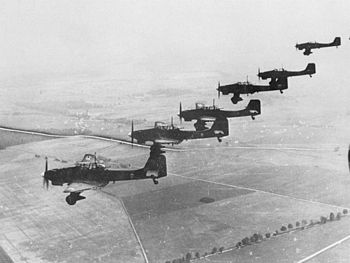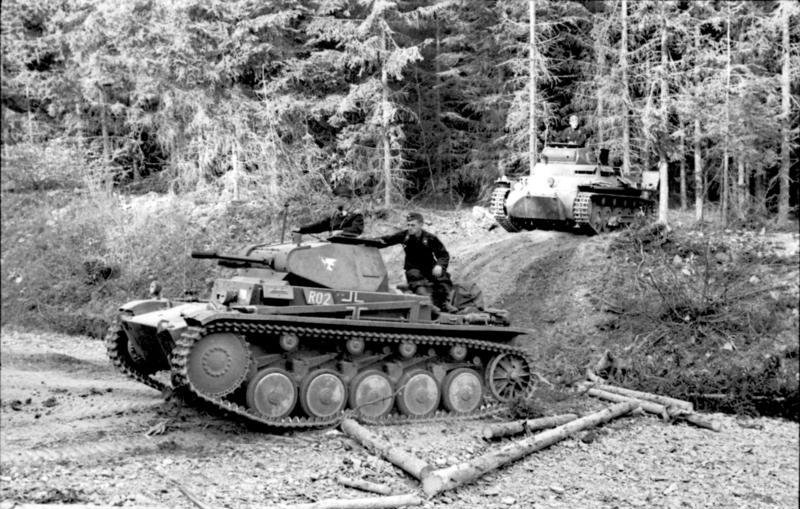 Watching War Films with My Dad by Al Murray
Watching War Films with My Dad by Al Murray
My rating: 4 of 5 stars
I really enjoyed reading Watching War Films With My Dad. The book plays off his fascination with military history, and that for him it stems from growing up in the 70s and 80s playing with Action Man and building Airfix kits. The thing I got from it is that Al Murray is quite different from the character that we most often see him as, the Pub Landlord. Al is a much more witty person than the Pub Landlord, which shouldn’t really be a surprise if you stop and think about it.
The book is a sort of autobiographical discourse on military history. It sort of argues against the fascination with it, cleverly taking us from his youth watching war films while his Dad points out all the inaccuracies in them (his Dad was a regular army officer, a para engineer). This part of the book is very good, and you can see what fascinated the young Al Murray and why he went on to read history at Oxford.
The journey continues to a continued adult fascination with WW2, and some examples of extraordinary exploits during that war. Both in terms of heroism and also on the cost of war in human suffering and young lives cut short. From there it is a short step to realising that as a society we’ve largely forgotten how horrible war is. You’d think that with the reminders we get on the news that we’d have it in the forefront of our minds, but instead we seem to revel in the glory and spectacle. Museums have more on uniforms, flags and vehicles, and less on the lives of the people that went to war, especially the many that failed to return.
Even as someone keen on military history I understand this position, and to a great extent I share it, as much as I share many of the cultural influences Al mentions in the book (I had action men, built airfix models and have watched all of the movies he references).
You can read this without being steeped in military history, it is very easy to read, and all the chapters are self-explanatory. In places there are little footnotes, which explain where it is necessary (and in a few cases where it isn’t). The style is of a monologue, and it is generally fairly light, although towards the end it gets a little more serious.
My copy came to me from a goodreads giveaway, but it is something I would have bought anyway even if it hadn’t. I certainly recommend it if you have ever watched a war movie with someone that provided a commentary on its wrongness (possibly including me, I’ve been that armchair critic)!













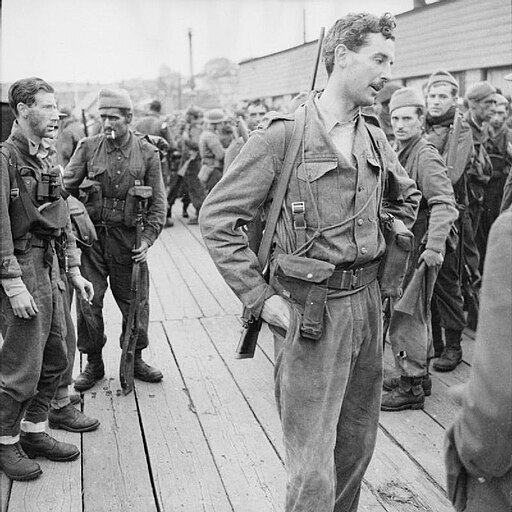
















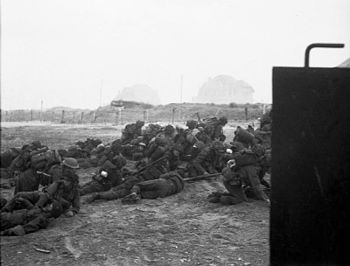
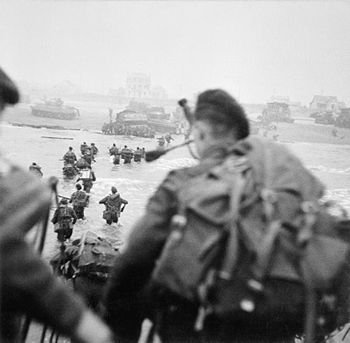

![Reblog this post [with Zemanta]](http://img.zemanta.com/reblog_e.png?x-id=7fbdc819-6648-446f-a54d-94f64276c366)
